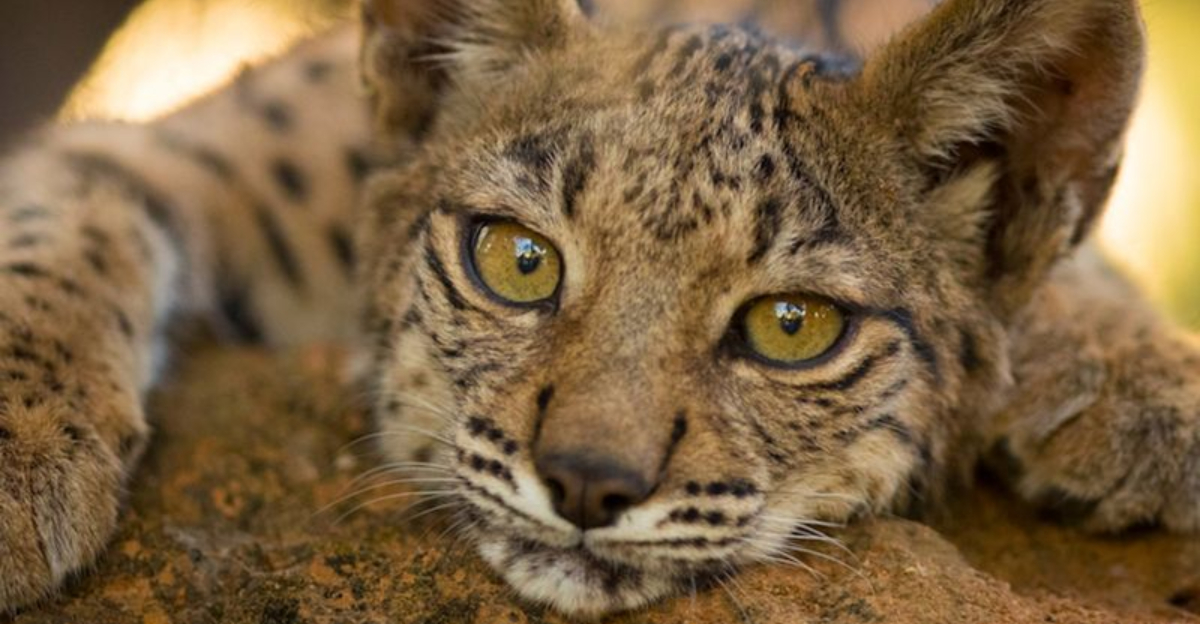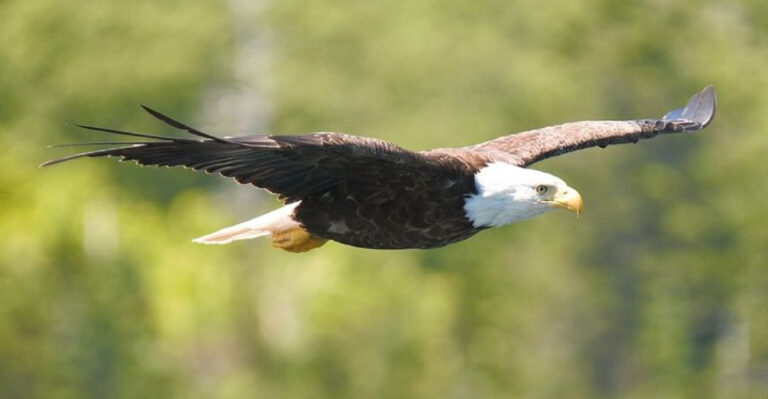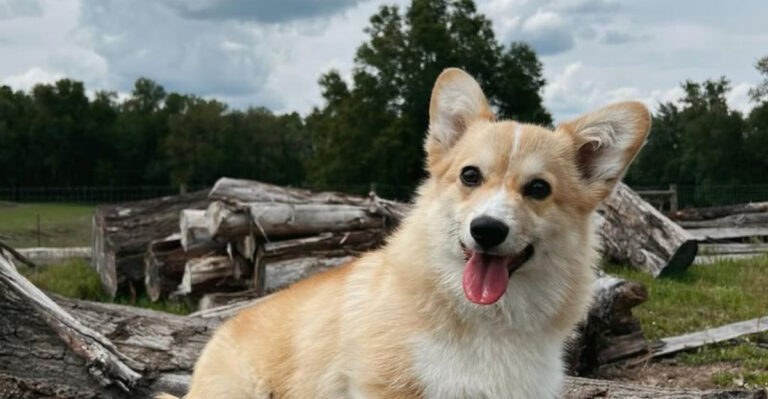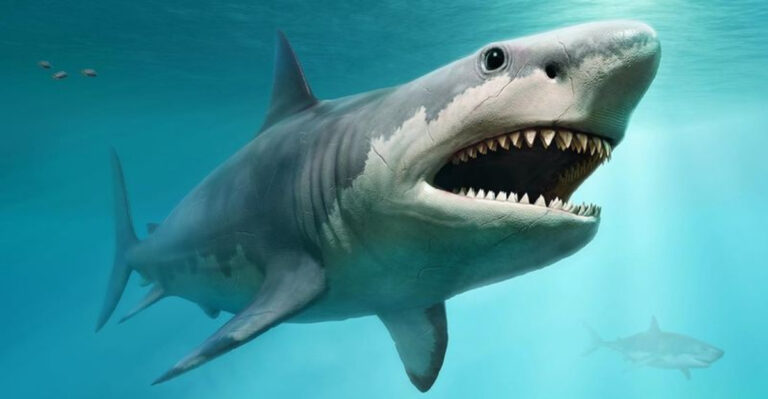7 Wild Animals Lost To Captivity (And 7 That Still Have A Fighting Chance)

The natural world has witnessed dramatic changes as human influence expands across the planet. Some magnificent creatures now exist only in captivity, their wild populations completely vanished.
Others balance precariously between survival and extinction, with conservation efforts offering a glimmer of hope.
1. Passenger Pigeon: From Billions To None

Once the most abundant bird in North America, passenger pigeons darkened skies in flocks so massive they took days to pass overhead. Unregulated hunting and habitat destruction led to their astonishingly rapid decline.
The last wild passenger pigeon was shot in 1901. Just 13 years later, the final captive bird named Martha died at the Cincinnati Zoo, marking the complete extinction of a species that once numbered in the billions.
2. Quagga: The Half-Zebra That Vanished

Looking like a zebra that ran out of stripes halfway, the quagga was a unique subspecies of plains zebra native to South Africa. Hunters targeted them relentlessly for their distinctive hides and to clear grazing land for livestock.
The last wild quagga disappeared in the 1870s. By 1883, the final captive specimen died in Amsterdam Zoo, leaving only photographs, specimens, and a short film clip as evidence of their existence.
3. Spix’s Macaw: The Bird That Inspired ‘Rio’

With stunning blue plumage, Spix’s macaw captured hearts worldwide through the animated film ‘Rio.’ Native to Brazil’s caatinga region, these beautiful birds fell victim to habitat destruction and illegal wildlife trafficking.
The last confirmed sighting in the wild occurred in 2000. Today, around 160 survive in captivity, with conservation breeding programs working to save the species. A reintroduction project aims to return these birds to their native habitat.
4. Northern White Rhino: Down To The Final Two

Once roaming central Africa in healthy numbers, northern white rhinos have been decimated by poaching for their horns. Their story represents one of conservation’s most heartbreaking failures.
Today, only two females remain alive at Ol Pejeta Conservancy in Kenya. The last male, Sudan, died in 2018. Scientists are now attempting in-vitro fertilization with stored sperm, hoping technology might rescue this magnificent subspecies from complete extinction.
5. Baiji: China’s Extinct River Dolphin

Known as the ‘Goddess of the Yangtze,’ the baiji dolphin swam China’s longest river for 20 million years. With pale blue-gray skin and a long, narrow beak, these dolphins were revered in Chinese culture.
Industrial development, fishing, and shipping traffic spelled their doom. Despite conservation efforts, a 2006 expedition found no surviving dolphins. The baiji became the first dolphin species driven to extinction by human activity.
6. Tasmanian Tiger: The Striped Marsupial Predator

With its wolf-like appearance and distinctive tiger stripes across its back, the thylacine was Australia’s largest carnivorous marsupial. Farmers blamed these creatures for livestock losses, leading to government bounties on their heads.
The last known thylacine died in Hobart Zoo in 1936. Despite occasional reported sightings, no confirmed evidence exists of surviving individuals. Some scientists are exploring de-extinction technology to potentially resurrect this iconic species.
7. Golden Toad: Vanished In A Single Year

The striking golden toad lived in Costa Rica’s Monteverde Cloud Forest, where males displayed brilliant orange coloration unlike any other amphibian. Their tiny habitat made them especially vulnerable to environmental changes.
Scientists documented around 1,500 toads in 1987. By 1989, they had completely disappeared. Climate change, fungal disease, and habitat loss contributed to their rapid extinction, making them a symbol of the global amphibian crisis.
8. Amur Leopard: The World’s Rarest Big Cat

With stunning spotted coats adapted for snowy Russian winters, Amur leopards are master hunters capable of leaping 19 feet horizontally. Poaching for their beautiful fur and traditional medicine ingredients nearly wiped them out.
Today, around 100 survive in the wild, up from just 30 in 2007. Protected reserves in Russia and China, along with breeding programs in zoos worldwide, offer hope. Every surviving leopard is crucial to the species’ recovery.
9. Vaquita: The Little Sea Cow On The Brink

The world’s smallest and most endangered marine mammal, vaquitas are adorable porpoises with distinctive dark rings around their eyes. Found only in Mexico’s Gulf of California, they’re often called ‘panda of the sea’ for their unique markings.
Fewer than 10 vaquitas remain alive today. Their decline stems from accidental entanglement in illegal fishing nets targeting the totoaba fish. Conservation efforts include protected marine zones and fishing bans in their habitat.
10. Javan Rhino: The Phantom Forest Giant

Among the world’s rarest mammals, Javan rhinos once roamed throughout Southeast Asia. These solitary forest-dwellers have a single horn and distinctive folded skin that resembles armor plating.
Today, approximately 75 individuals survive in Indonesia’s Ujung Kulon National Park. Poaching for traditional medicine and habitat loss drove them to near extinction. Protection efforts focus on expanding their habitat and preventing disease outbreaks in this single population.
11. California Condor: Back From The Brink

With a wingspan reaching 9.5 feet, California condors are North America’s largest flying birds. These majestic scavengers clean up carcasses, performing vital ecosystem services. Lead poisoning from ammunition in animal remains nearly caused their extinction.
By 1987, all remaining wild condors were captured for breeding. The population has grown from just 27 birds to over 300 today, with many released back to the wild. Their recovery represents one of conservation’s most inspiring success stories.
12. Sumatran Orangutan: The Forest People

Known for their extraordinary intelligence and striking red fur, Sumatran orangutans share 97% of their DNA with humans. These great apes craft tools, use medicinal plants, and build elaborate nests high in the rainforest canopy.
Fewer than 14,000 remain in the wild as palm oil plantations destroy their habitat. Conservation groups work to protect remaining forests and rehabilitate orphaned orangutans. Their fate depends on our willingness to preserve Indonesia’s ancient rainforests.
13. Iberian Lynx: Europe’s Feline Success Story

Sporting distinctive tufted ears and beard-like facial ruffs, Iberian lynx are Europe’s most endangered feline predators. These spotted cats specialize in hunting rabbits and nearly disappeared when disease decimated their prey.
The population crashed to fewer than 100 individuals in 2002. Intensive conservation efforts have increased their numbers to over 1,000 today. Habitat protection, rabbit restoration, and captive breeding programs have pulled these beautiful cats back from the edge of extinction.
14. Saola: The Asian Unicorn

Discovered by science only in 1992, the saola remains one of Earth’s most mysterious mammals. With elegant parallel horns and white facial markings, these forest-dwelling bovines are so elusive they’re nicknamed ‘Asian unicorns.’
Scientists estimate fewer than 100 saola survive in the remote mountains between Vietnam and Laos. None exist in captivity. Camera traps rarely capture images of these shy creatures, making conservation extremely challenging. Protected areas offer their best hope for survival.






